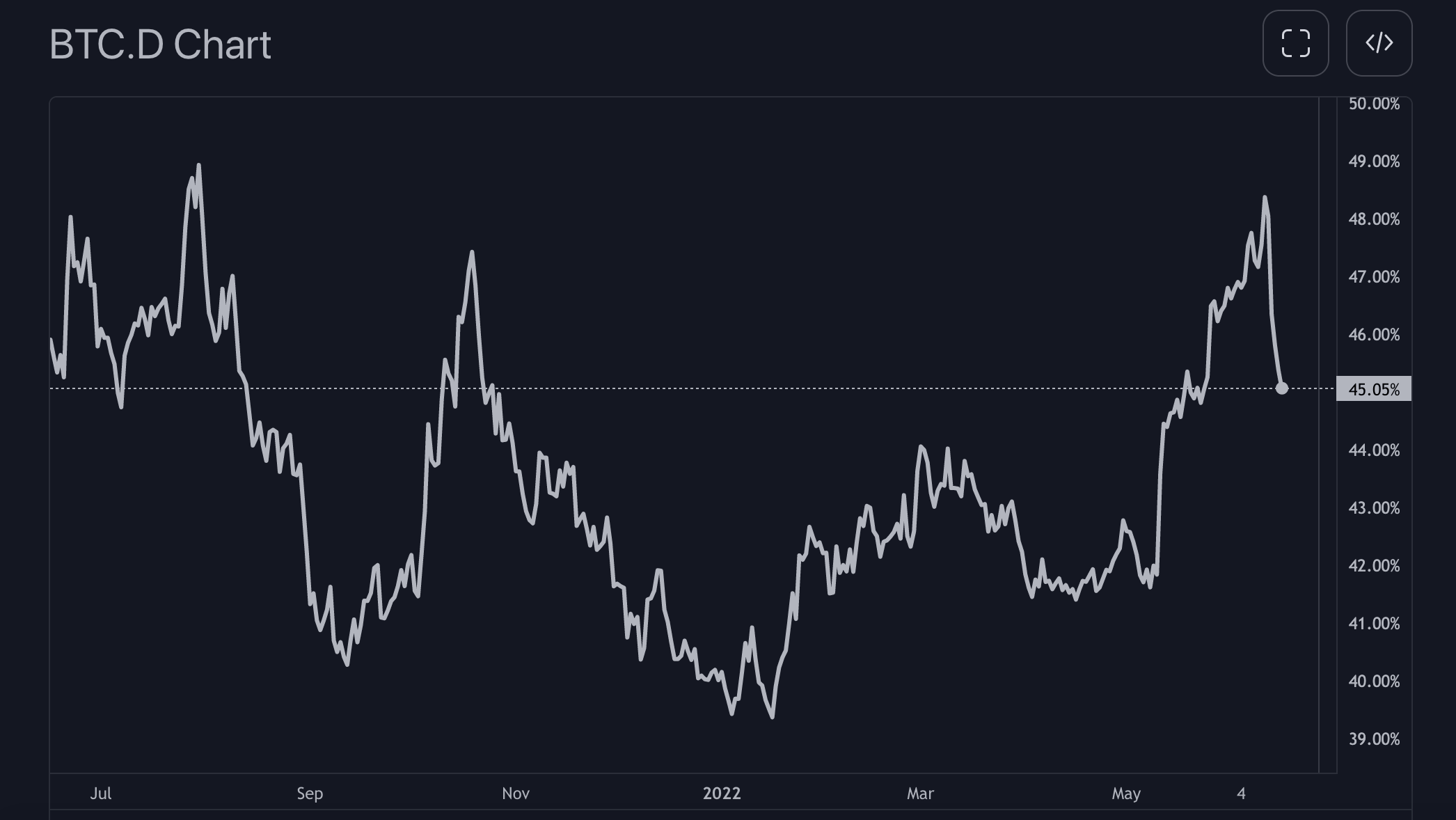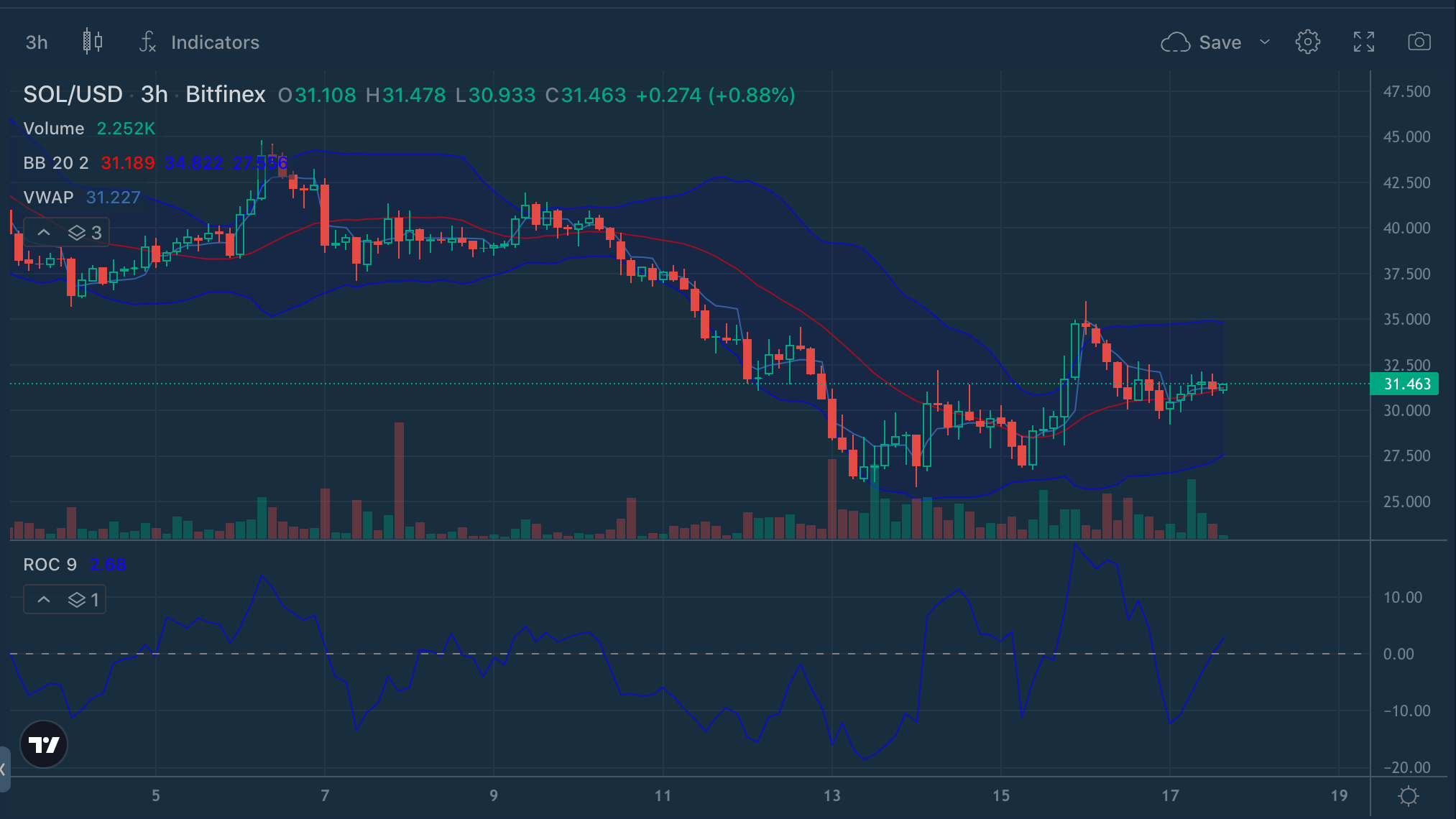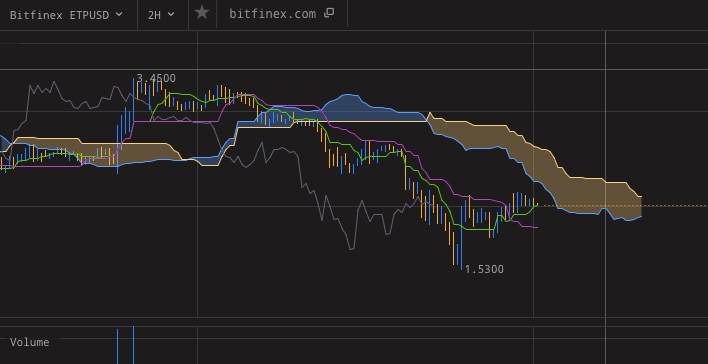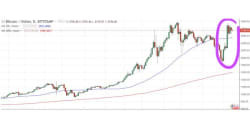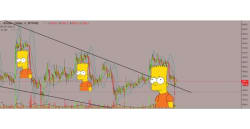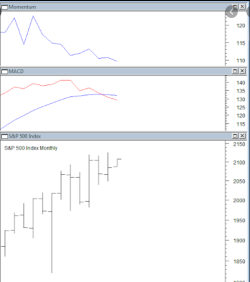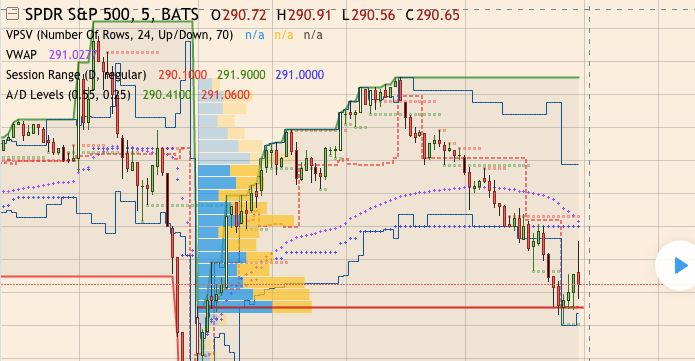Technique
beyondta

Crypto Market Psychology
What is the definition of crypto market psychology and how is it formed?
What is the definition of crypto market psychology and how is it formed?
technical

Engulfing
What is bullish engulfing and bearish engulfing? Are cryptocurrencies good markets to trade on engulfing?
What is bullish engulfing and bearish engulfing? Are cryptocurrencies good markets to trade on engulfing?
method

Pattern Trading (Formation Trading)
What is pattern trading and what are the best performing formation patterns to watch for in crypto.
What is pattern trading and what are the best performing formation patterns to watch for in crypto.
Charting
technical

BBands
What are BBands, why are they loved so much by crypto traders and what are their highest probability patterns on the crypto markets.
What are BBands, why are they loved so much by crypto traders and what are their highest probability patterns on the crypto markets.
technical

Div
Div, AKA Divergence. Covers regular div, hidden div and exaggerated divergence with links to more info on how to trade them.
Div, AKA Divergence. Covers regular div, hidden div and exaggerated divergence with links to more info on how to trade them.
technical

KC (Keltner Channels & BB/KC Squeeze)
What are Keltner Channels, what is the difference from Bollinger bands and how to use them in crypto.
What are Keltner Channels, what is the difference from Bollinger bands and how to use them in crypto.
technical

Sideways Market
What is a sideways market, also known as ranging market, and how to trade it.
What is a sideways market, also known as ranging market, and how to trade it.
DeFi
Crypto OPSEC
OG Crypto Opsec
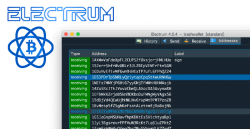
Electrum
All you need to know about the Electrum wallet, plus links to all the guides (how to install, signatures, backups, sweeping, segwit and legacy addresses)
All you need to know about the Electrum wallet, plus links to all the guides (how to install, signatures, backups, sweeping, segwit and legacy addresses)
Crypto Jargon
jargon

Risk-Reward Ratio (RRR)
What do crypto traders call RRR and how to use it in your risk management?
What do crypto traders call RRR and how to use it in your risk management?
jargon

Value Averaging
What do crypto traders call value averaging and how is it different from DCA, or cost averaging?
What do crypto traders call value averaging and how is it different from DCA, or cost averaging?


